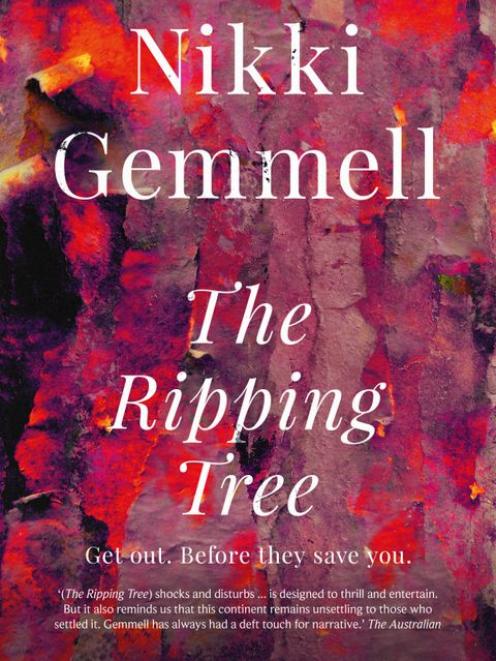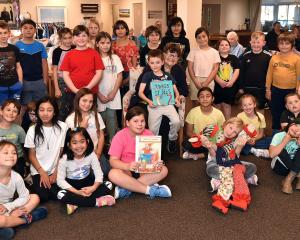THE RIPPING TREE
Nikki Gemmell
HarperCollins
REVIEWED BY CAROLINE HUNTER

They lure you into a dark tale, but gently, as if being ensnared by degrees, as in fact the protagonist is.
It is the 1800s and Thomasina Trelora is on a ship bound for Australia to fulfil an arranged marriage to a clergyman, a union she dreads. Forced to go by her controlling brother upon the death of their father in England, she sees no escape. But it presents itself, nonetheless, when the ship capsizes on the coastline near their destination, and all on board perish except her. She has lost all connection to her past life, including anyone who can confirm her identity.
She is rescued by an Aboriginal, who deposits her on the veranda of Willowbrae, a grand house on a rural estate. She is found by the Craw family, its occupants, who are confounded by how she got there and who she might be. She refuses to give her real name, sensing a way out of the despised betrothal, a mystery the matriarch of the house is only too willing to collude with because now is her chance to have the daughter she has always longed for.
But such a neat solution for either woman turns out to be nothing of the sort as Willowbrae starts to reveal ugly secrets. Thomasina, now nicknamed Poss by the youngest family member, at first believes herself befriended by two of the three sons of the house, but the discovery of a dead native woman and her baby in a glade nearby sets off a chain of events that close in around her like a smothering creeper.
Gemmell creates a powerful sense of foreboding with her extraordinary use of language and the gradual unmasking of each member of the Willowbrae household. You can feel the walls closing in. This book was so atmospheric it felt cinematic; it would be no surprise if it is made into a film.
The Ripping Tree is also a lament to the appalling treatment of Aboriginal people by colonial settlers, whose cruelty and inhumanity was so casually dispensed.
The only disappointment is the ending, which feels rushed. The story is book-ended by a woman telling the story in retrospect to her grandchildren and the resolution of it is wrapped up in a hurry. It was frustrating to have such significant plot developments dashed out in a few paragraphs, with some vital details missing. There may be a sequel to come, but if not, it was a lost opportunity for some more fine storytelling.
Caroline Hunter is an ODT subeditor












